Chuseok: Celebrating Korea’s Harvest Festival and Cultural Heritage
Introduction
Chuseok, also known as Korean Thanksgiving Day, is a significant and cherished holiday celebrated in South Korea. This annual event is a time for families to come together, express gratitude for the year’s harvest, honor ancestors, and celebrate the beauty of Korean culture. In this blog post, we will delve into the origins, customs, traditional foods, and modern-day celebrations of Chuseok.
Table of Contents

Origins and Significance of Chuseok
The origins of Chuseok date back over 2000 years to the ancient Korean kingdom of Goguryeo. The old Korean people recognized the changing of seasons and gave thanks after safely reaping the agricultural harvests during the autumn season. The modern name “Chuseok” comes from the combination of the hanja characters “추” meaning “autumn” and “석” meaning “stone” or “day.” It refers to a day to remember and give thanks in the autumn season. The name “Chuseok” is a combination of “Chu” (meaning “autumn”) and “Seok” (meaning “evening”). It is typically observed on the 15th day of the 8th month of the lunar calendar, usually falling in late September or early October.
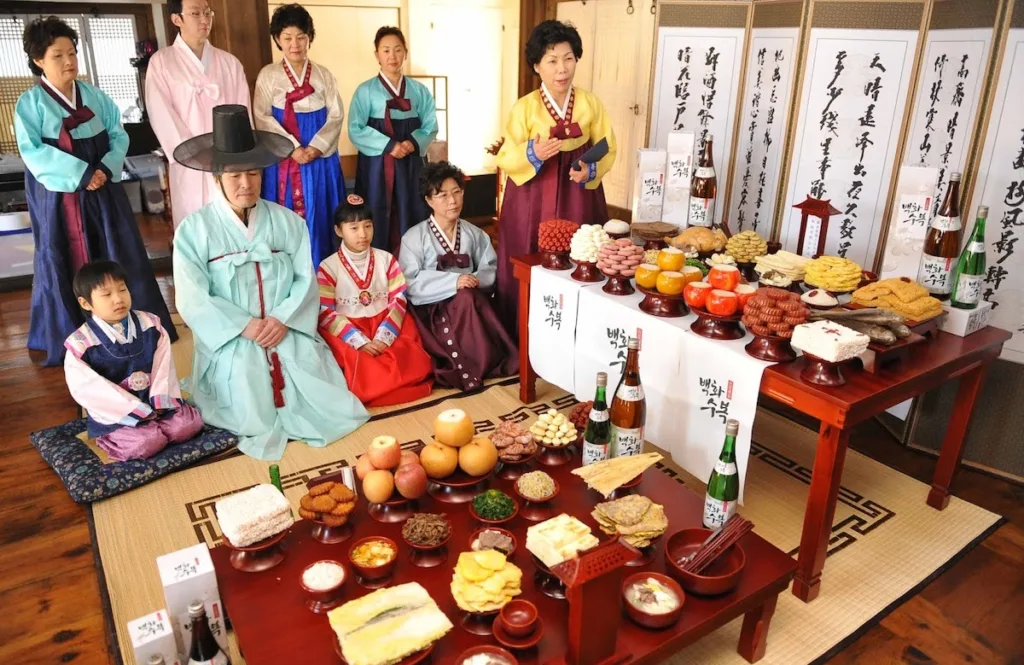
This celebration initially marked the end of the harvest season, a crucial time when the hard work of farming was rewarded with a bountiful yield. The festival provided an opportunity for people to express gratitude for the abundance of crops and pray for a prosperous year ahead. Over time, Chuseok has evolved into a time of family reunion, paying homage to ancestors, and celebrating Korean traditions.
Read about Cultural Kaleidoscope:Between Indian and Korean Cultures
Customs and Traditions

Family Reunion and Visits: Chuseok is a time for families to reunite, regardless of where they reside. Koreans travel long distances to be with their loved ones, often returning to their hometowns to celebrate together. This reunion is an essential aspect of the festival, fostering a sense of unity and familial bonds.
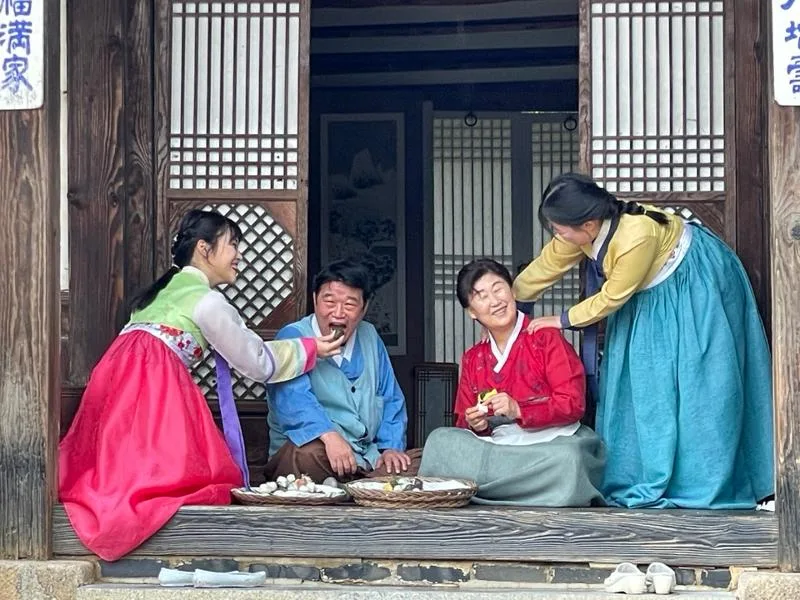
Ancestral Rites (Jesa): At family burial plots or ancestral shrines at home, people offer food, fruit, flowers, and liquor to pay respects to their deceased ancestors. Incense is burnt in a ceremonial rite.
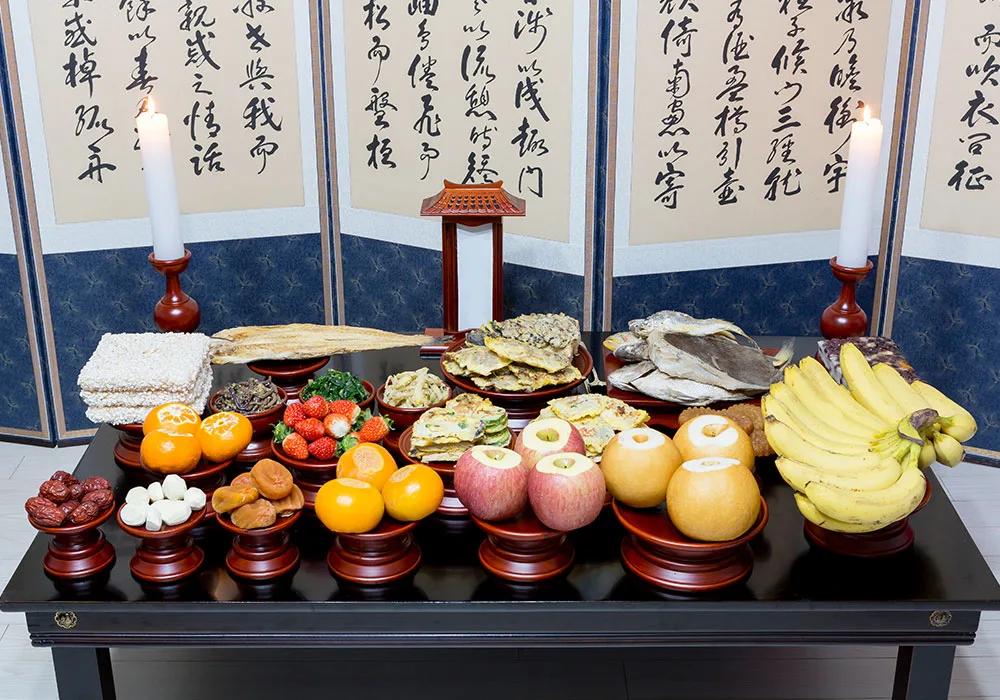
Hanbok: People dress in traditional Korean clothing called “hanbok” during Chuseok. Hanbok is a symbol of Korea’s rich cultural heritage, and wearing it during the festival represents a connection to the nation’s traditions and history.

Ancestral Memorial Services: During Chuseok, families hold memorial services known as “Charye” to honor their ancestors. They set up a ritual table with traditional foods and offer various symbolic items as a sign of respect and gratitude to their forebears.
Tomb Sweeping – Families visit and clean the tombs or gravesites of their ancestors before performing jesa rites. Fresh flowers are placed and the area is tidied up.

Circle Gazing (Davidoro) – Lit candles are arranged in a circle and family members take turns observing in silence to contemplate their ancestors.
Folk Games and Activities: Various traditional games and activities are organized during Chuseok, adding to the festive atmosphere. Games like “Ganggangsullae” (a circle dance) and “Tuho” (arrow throwing) are popular during this time.
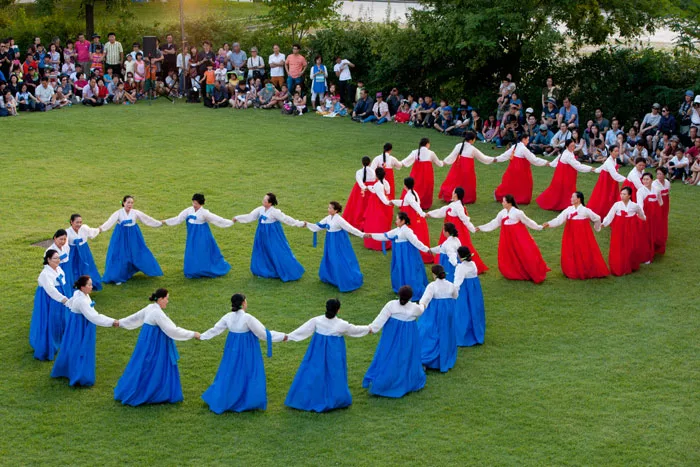
Chuseok Foods: Traditional foods are a vital aspect of Chuseok. Families prepare an array of dishes, showcasing the best of Korean cuisine. Some popular Chuseok foods include “Songpyeon” (rice cakes filled with sweet fillings), “Jeon” (pan-fried dishes), “Japchae” (stir-fried noodles with vegetables), and “Sundubu-jjigae” (soft tofu stew).
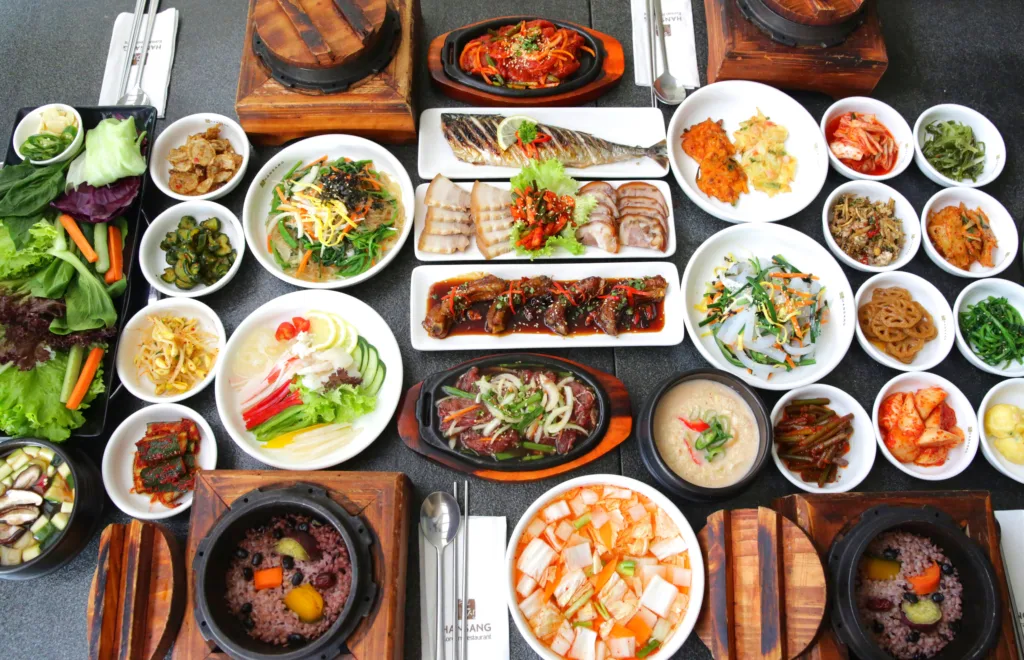
Seongmyo: Another essential tradition is visiting ancestral gravesites, known as “Seongmyo,” to pay respects to ancestors. Families clean and tidy the graves, offer food and bow in reverence.
Throughout the three-day holiday, lavish tables of traditional Korean cuisine are prepared and enjoyed communally by family members of all generations. The labor-intensive preparation and sharing of special dishes is an act of gratitude. Food is also offered to honor departed ancestors at jesa rites.

Modern-Day Celebrations
In contemporary times, Chuseok remains a cherished holiday, deeply ingrained in Korean culture. However, like many traditions, it has evolved with modern society. Here are some ways Chuseok is celebrated in the present day:
Travel and Leisure Activities: Some families choose to travel during Chuseok, exploring different regions of Korea or even venturing abroad. It’s also a time for leisure activities, such as hiking, shopping, and visiting tourist attractions.
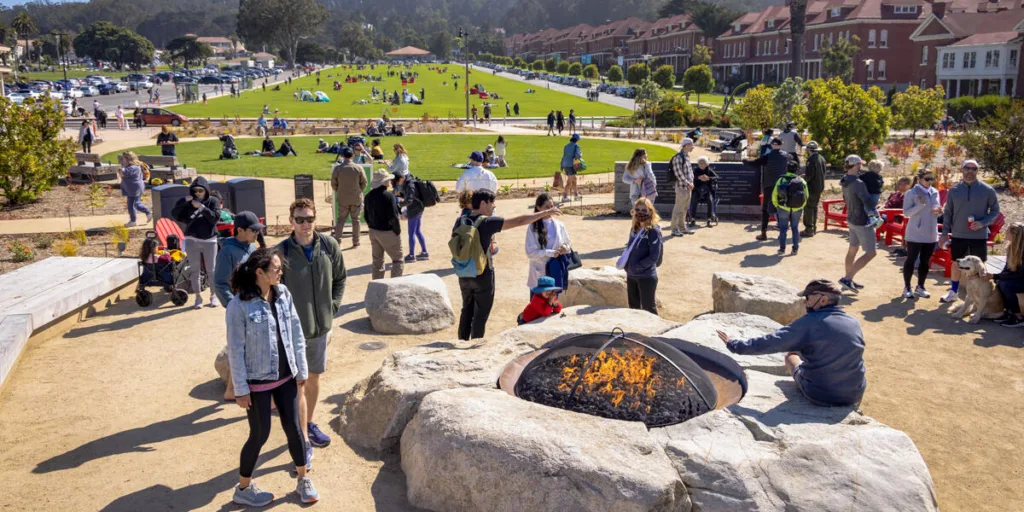
Electronic Greetings: In the digital age, electronic greetings and messages have become a common way to send Chuseok wishes to family and friends who may be far away. Social media and messaging apps play a significant role in connecting loved ones during the festival.
Volunteer and Charity Work: Some individuals and families use Chuseok as an opportunity to engage in community service, volunteering, or charitable activities to give back to society and those in need.
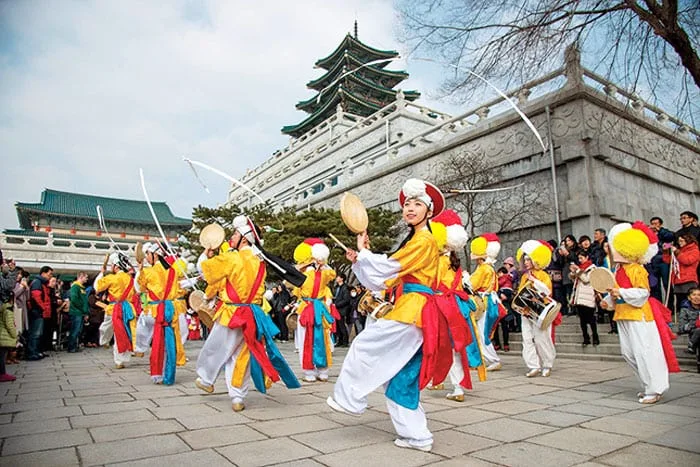
Chuseok Events and Performances: Various cultural events, performances, and exhibitions take place during Chuseok, showcasing Korean traditional arts, crafts, music, and dance. These events are accessible to locals and tourists, providing a deeper understanding of Korean culture.

Conclusion
Chuseok is a beautiful and meaningful celebration that encapsulates the essence of gratitude, family, and cultural heritage. It’s a time for Koreans to reflect on their roots, appreciate the hard work of farmers, and strengthen family ties. The customs and traditions associated with Chuseok provide a glimpse into the rich tapestry of Korean culture and make it a cherished holiday for people in Korea and worldwide.


[…] In Korea, as the holiday season approaches, the vibrant streets of South Korea come alive with a unique blend of Christmas cheer and […]
Thanks for sharing. I read many of your blog posts, cool, your blog is very good.